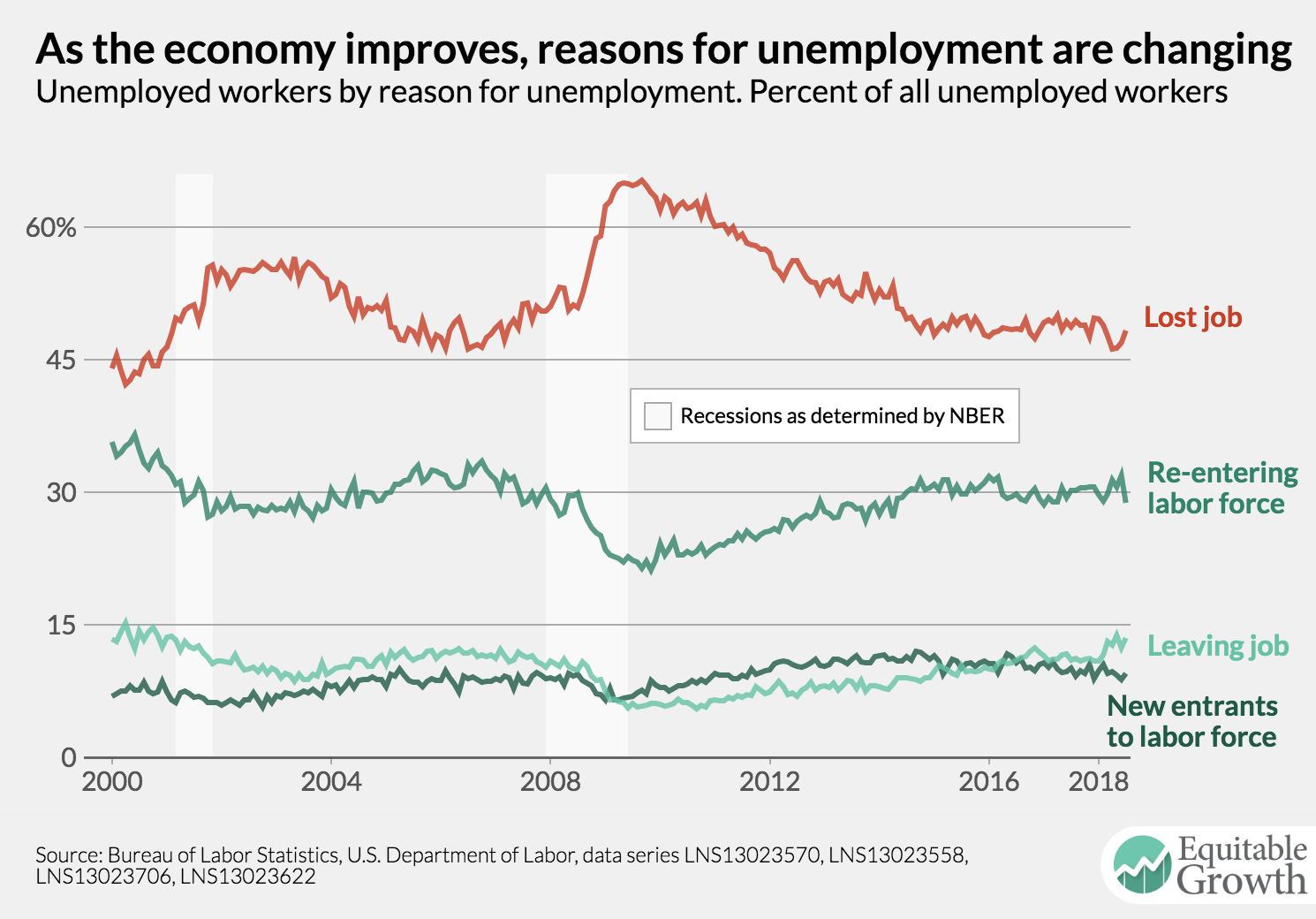Weekend reading: “all wages all the time” edition
This is a weekly post we publish on Fridays with links to articles that touch on economic inequality and growth. The first section is a round-up of what Equitable Growth published this week and the second is the work we’re highlighting from elsewhere. We won’t be the first to share these articles, but we hope by taking a look back at the whole week, we can put them in context.
Equitable Growth round-up
As part of the recent launch of our new website, Michael Kades authored a reintroduction of our work on antitrust. Kades gives an overview of the history of competition policy in the United States and highlights recent research into increasing market concentration and monopsony power.
Women’s ability to access reproductive rights has implications for their ability to engage with the labor market. Kate Bahn previews her forthcoming research with co-authors Adriana Kugler at Georgetown University, Melissa Mahoney at the University of North Caroline, Asheville, and Annie McGrew at the University of Massachusetts Amherst into how differing access to contraception and abortion affects women’s moves from one job to another. The authors find that women’s likelihood of moving from one occupation to another is reduced by 5.8 percent in states with Targeted Restrictions of Abortion Providers laws, while men’s chances are unaffected. Furthermore, these laws reduce transitions into higher paid occupations by 7.6 percent, with no effect on men.
Brad DeLong rounds up his latest worthy reads on equitable growth from both inside and outside Equitable Growth.
Equitable Growth released its monthly Jobs Day Graphs with data from July. The graphs show that wage growth and the prime-age employment rate continue to grow yet neither of these job indicators have recovered fully from the Great Recession.
Links from around the web
Harvard Kennedy School professor and Equitable Growth Steering Committee member Jason Furman offers an explanation for the “wage puzzle” of low wage growth relative to the last time the United States had sustained low unemployment rates in the late 1990s: “this is simply what a high-pressure economy looks like when productivity growth rates and inflation are both relatively low.” [vox]
In response to Furman’s piece, Josh Bivens of the Economic Policy Institute argues that instead of adjusting our expectations downwards for what wage growth “should” look like in the face of simultaneously low inflation and low productivity, their simultaneity should be taken as evidence of just how slack the labor market remains. [epi]
Jeff Bezos’ $150 billion fortune isn’t just a testament to his business skills, argues Annie Lowrey—it’s also a result of deliberate policy choices that have favored capital and corporations over workers. [the atlantic]
Debate about whether high wages led to people finding ways to automate production—kicking off the Industrial Revolution—isn’t just for economic historians: it also has implications for policymakers trying to understand the recent productivity slowdown. [economist]
In an interview with Henry Farrell in The Washington Post, Columbia University economist and Equitable Growth grantee Suresh Naidu explains how Amazon.com Inc.’s Mechanical Turk platform is an example of monopsony power in action. [wapo]
Friday figure

Figure is from “Equitable Growth’s Jobs Day Graphs: July 2018 Report Edition”
